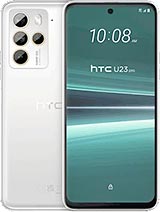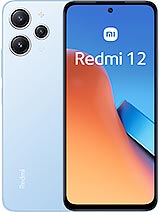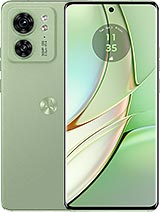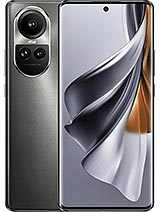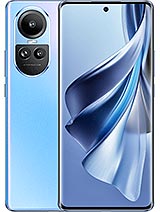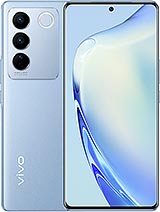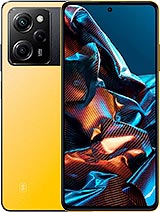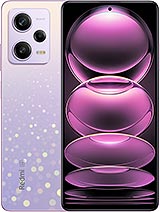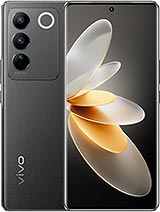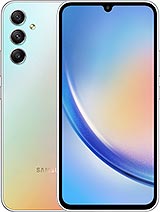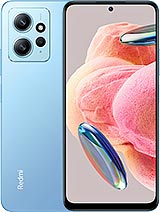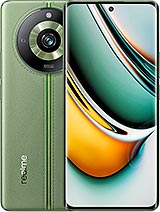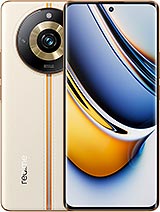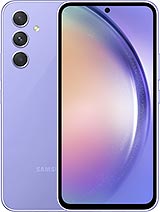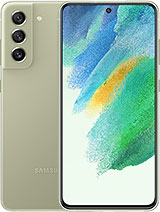HTC U23 Pro review

6.7-inch 120Hz OLED display
The 6.7-inch, 1080 x 2400 pixel display of the HTC U23 Pro looks pretty good on paper. It is an OLED panel and one with 120Hz refresh rate. Once we actually put the display through its paces and our standardized testing, we were left a lot less impressed.

Let's start with brightness. We measure a maximum of 725 nits on the slider, which is decent-enough for most outdoor scenarios but fails to impress. The U23 Pro has auto brightness, which works pretty well, but does not appear to boos maximum brightness any further. Well, saying that, we did measure 727 nits of max brightness in auto mode, but two nits is hardly a difference and well within the margin of error.
Let's talk colors next. The U23 Pro has a total of three display color modes - Natural, Boosted and Adaptive. All three aim for DCI-P3 and offer quite a wide color space. In terms of color accuracy, all three modes are pretty similar in their rendition, and none is particularly color-accurate. The U23 Pro tends to oversaturate all the primary color channels, presumably done to get that distinctive OLED "pop". The U23 Pro mostly gets that job done well.
The HTC U23 Pro has no HDR support on its display. However, some HDR decoding capabilities are onboard, namely for HDR10 and HLG. There is no HDR10+ or Dolby Vision, though.



HDR support • Netflix playback capabilities • DRM
The U23 Pro has the highest possible L1 Widevine DRM certification, allowing streaming services like Netflix to offer up FullHD streams and saturate the display's native resolution.
High refresh rate handling
As previously mentioned, the U23 Pro has a 120Hz refresh rate on its AMOLED display. The phone actually has support for three distinct refresh rates - 60Hz, 90Hz and 120Hz. In terms of settings, there are a total of three refresh rate modes as well - 60Hz, 90Hz and 120Hz.

Most modern phones tend to have at least some form of automatic refresh rate switching in order to balance refresh rate and the smoothness higher values provide with battery endurance. This, unfortunately, is not the case with the HTC U23 Pro.
There seems to be absolutely no automatic refresh rate switching behavior in place. If you set the phone to 120Hz, it just locks at a 120Hz refresh rate. It is the same with 90Hz and 60Hz. The only real exception are certain apps that request 60Hz operation implicitly, like Google Maps. You can really end up wasting power by doing something like video playback at 120Hz.










HTC U23 Pro operating at 120Hz
At least this means that high refresh rate gaming is straight forward and easy, right? Well, surprisingly, that is not the case. Out of the four games we tried, that can push frame rates beyond 60fps, two played nicely with a 120Hz refresh rate, while the other two lowered the refresh rate to 60Hz for some reason.
All things considered, the HTC U23 Pro has some of the worst high refresh rate handling we've seen in a while on a modern phone. There is plenty of room for improvement.
Battery life
The U23 Pro is based on a pretty modern Snapdragon 7 Gen 1 chipset. It uses a 4nm Samsung 4LPE manufacturing process. The on-board battery pack is a decent 4,600 mAh in size - not too large, but not overly small either.
We can't say that the battery endurance of the U23 Pro impressed us in any way. In our testing, it only managed 83 hours of total endurance. The phone didn't impress in any particular part of the test, but generally did alright in the video playback and 3G talk time portions. However, its poor standby time and Wi-Fi browsing tests really held it back.

As a reminder, the web browsing portion of our testing was conducted at the phone's top 120Hz refresh rate mode, while the video test part was done at 60Hz.
Our battery tests were automated thanks to SmartViser, using its viSerDevice app. The endurance rating denotes how long the battery charge will last you if you use the device for an hour of telephony, web browsing, and video playback daily. More details can be found here.
Video test carried out in 60Hz refresh rate mode. Web browsing test done at the display's highest refresh rate whenever possible. Refer to the respective reviews for specifics. To adjust the endurance rating formula to match your own usage patterns check out our all-time battery test results chart where you can also find all phones we've tested.
Charging speed
Unfortunately, HTC does not ship the U23 Pro with a charger. The company isn't super clear on what charging protocols the phone supports, either. All we know from the specs is that it should be able to charge at a rate of up to 30W.
After testing known good and versatile chargers, we discovered that the U23 Pro negotiates a Power Delivery (PD) charging session with a charger when available, with a possible fallback to Quick Charge. The phone does not seem to require PPS or anything fancy of the sort, so you should be good with a decent 30W or better PD 3.0 charger and cable combo.

In terms of charging speed, we managed to get the phone from dead to 33% in 15 minutes and then 60% in 30 minutes. A full charge took an hour and eighteen minutes. That's not particularly fast, but it's still alright in the grand scheme of things.
Speaker
As already mentioned, the U23 Pro only has a single bottom-firing speaker at its disposal. There is no stereo setup, not even a hybrid one. That's quite a bummer since a stereo setup can be attained in this price bracket.

On the plus side, the U23 Pro did manage to score a "VERY GOOD" loudness score in our testing, even if just barely so. In terms of frequency response, the output of the U23 Pro is actually quite clean. Mids, in particular, like voices sound good and clear.
There are no additional audio settings to tweak or experiment with. No equalizer or anything like that. You are stuck with what HTC offers out of the box.
Use the Playback controls to listen to the phone sample recordings (best use headphones). We measure the average loudness of the speakers in LUFS. A lower absolute value means a louder sound. A look at the frequency response chart will tell you how far off the ideal "0db" flat line is the reproduction of the bass, treble, and mid frequencies. You can add more phones to compare how they differ. The scores and ratings are not comparable with our older loudspeaker test. Learn more about how we test here.
Reader comments
- Anonymous
- 7 hours ago
- sp@
Now that it's 2025, this is a very easy phone to recommend for people who want a used phone under 220 euros with a lot of power for the price and a clean software skin. If you live in a country that isn't Germany but still depends on amazon...
- travis999
- 15 Jun 2024
- mFd
Seems to be aimed at old ex HTC owners, looking at the overall "wrap" of hardware/code. But then no Sense !!! HTC always were pricey, but you got build quality and a decent performance, one thing HTC didn't suffer from, was slow do...
- Anonymous
- 31 May 2024
- mjk
It's been less than a full year since you commented and the price is already down to 330-340 euros.
